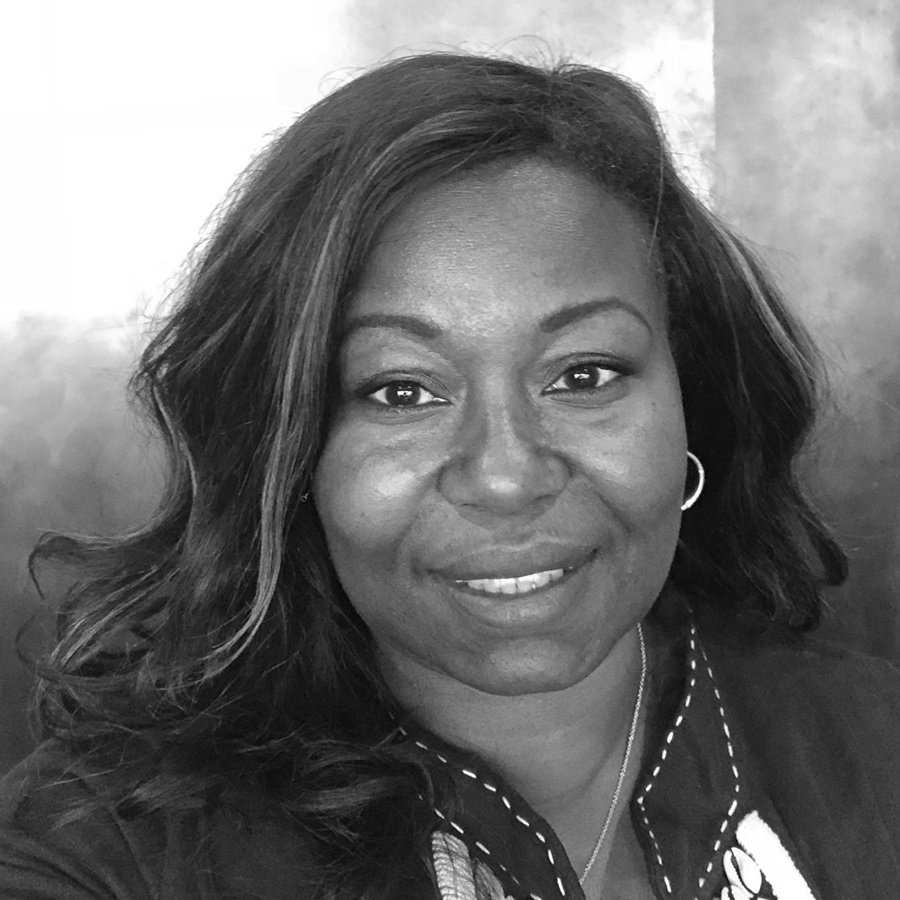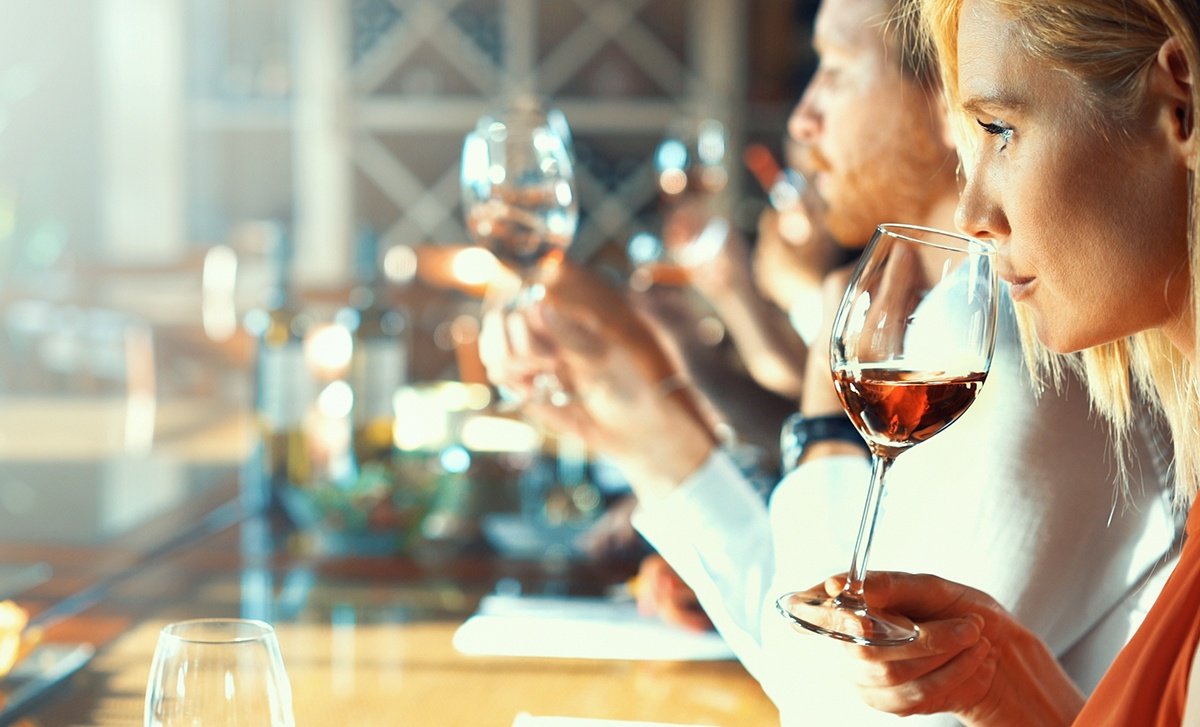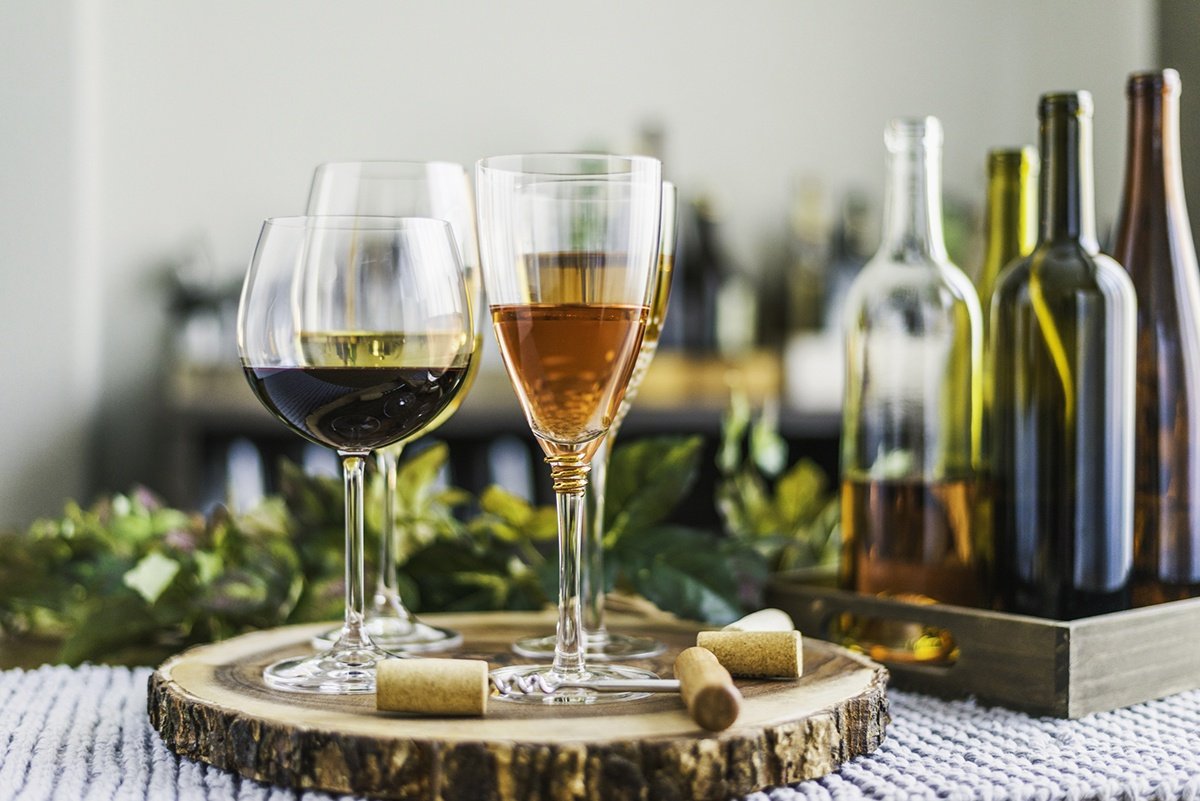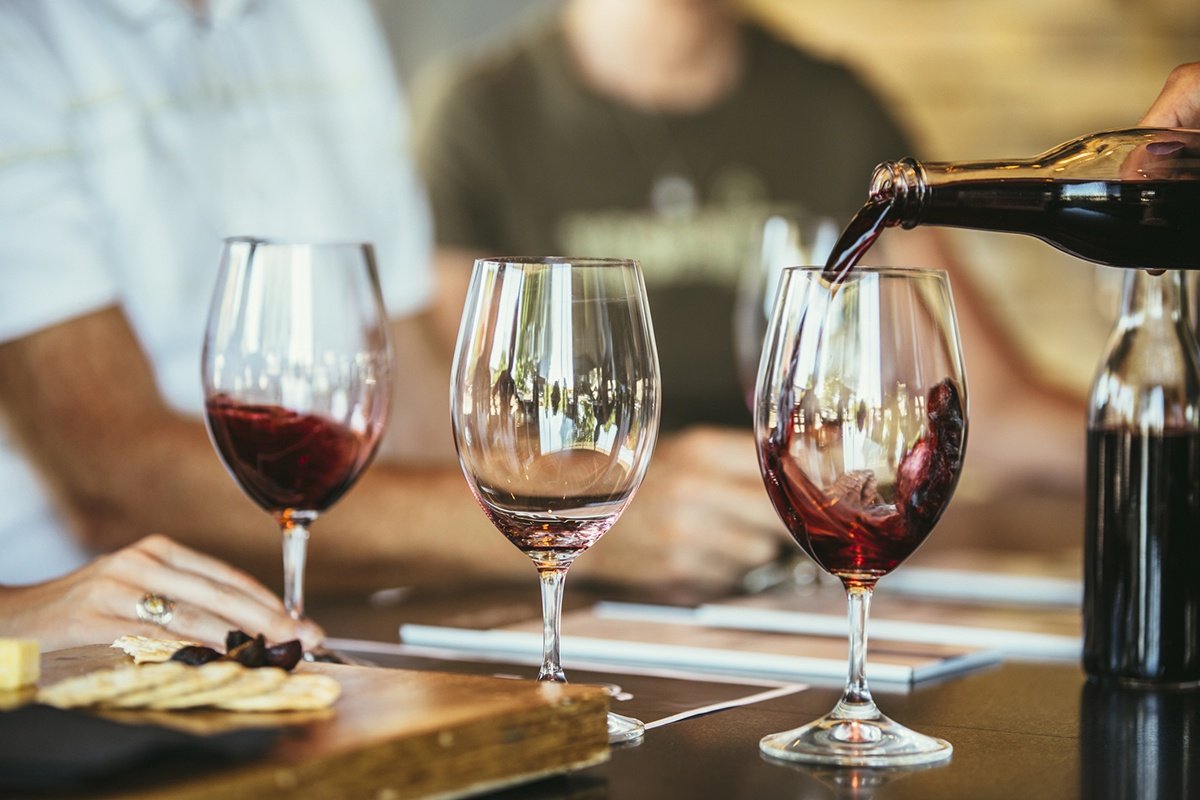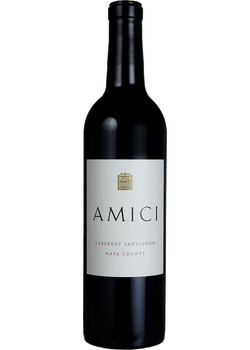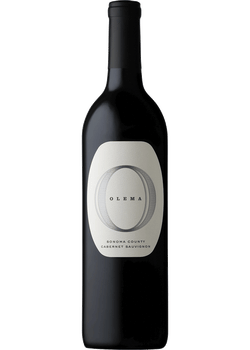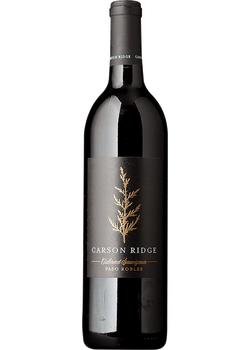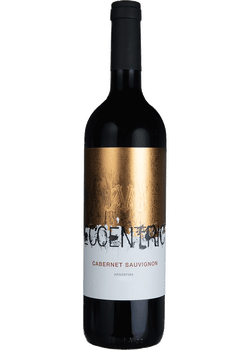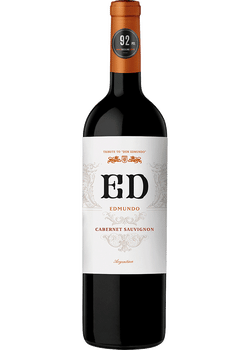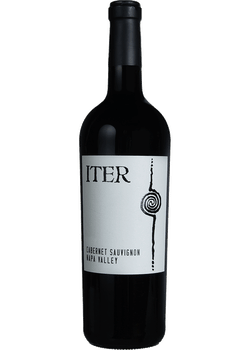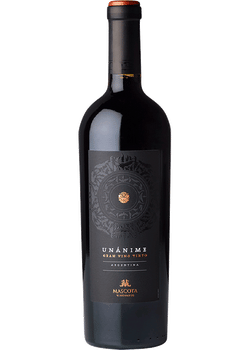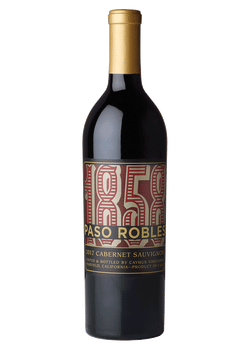Wine tasting, just like making small talk and dancing salsa, is a social skill that matters more and more today. Being knowledgeable about wine enhances your social status, and it’s a way to impress business colleagues at your next team lunch or your dinner date. According to The Wine Institute, people in the US drink more wine than any other country in the world, an estimated 870 million gallons a year. That works out to 30 gallons per person annually. So why not make sure you’re drinking a wine you enjoy?
Even if your favorite adult beverage is beer, cider, or vodka, you need to make wine decisions when you go out to dinner, buy a bottle to take to an event, or when you’re figuring out what to pour at a holiday party. And with wineries now operating in all 50 states, going wine tasting is a popular weekend pastime. This guide will help you get more out of your next wine tasting experience, whether you’re a devoted wine lover or just looking to feel more comfortable talking about wine.
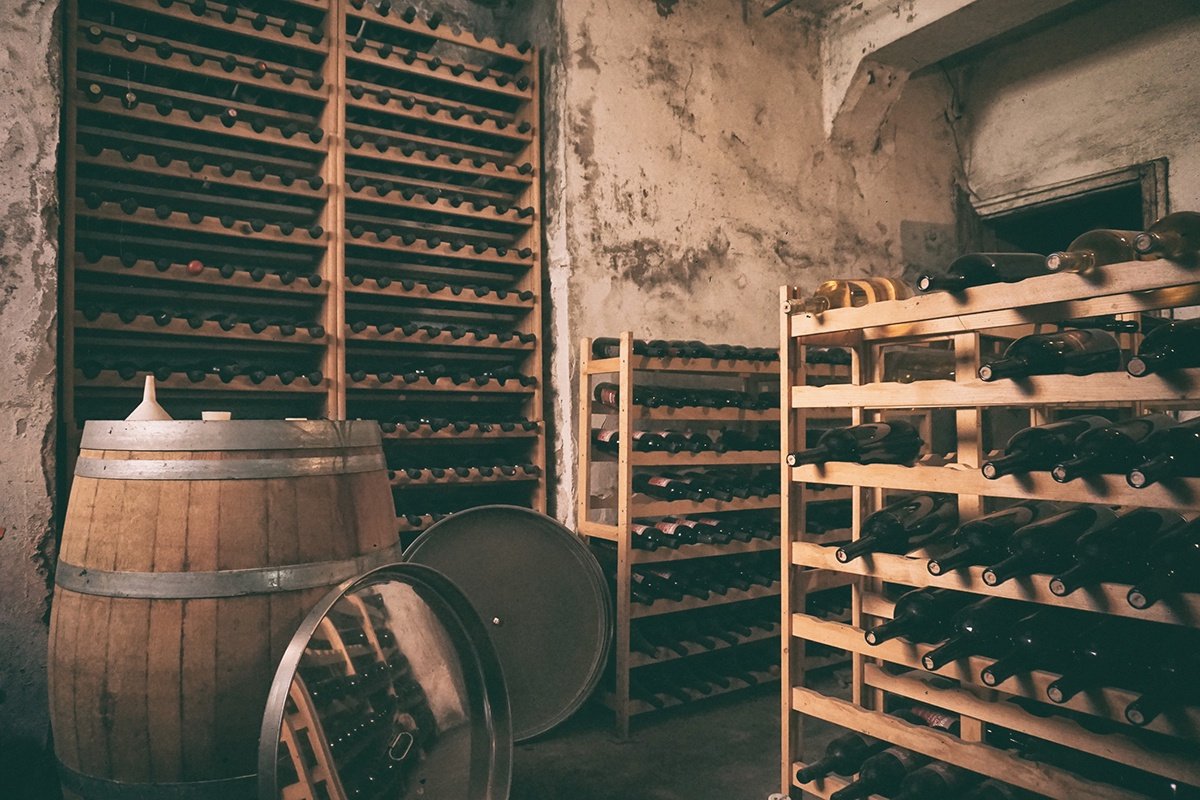
Once you can hold your own during wine tastings, you may find that going behind the scenes at wine cellars and strolling through beautiful vineyards becomes one of your favorite ways to spend an afternoon.
Tips before you taste
You can taste wine anywhere, from a winery tasting room to your home dining room to outdoors on a picnic. Total Wine & More’s tasting kits are an easy way to have all the wines you need for a few different styles of tasting all in one box. If you’re not sure where to get started, our Highly Rated Collections of Pinot Noir, Chardonnay, and Cabernet Sauvignon include a curated selection of wines that will let you explore a varietal or region. Just make sure you’re set up for success with these tips.
- It’s a good idea to eat breakfast or lunch before your wine tasting. A hearty meal that includes some carbs and protein will keep you feeling good through a couple of tastings. Try to finish your meal 30 minutes to an hour before your tasting, so your palate has a chance to recover. You’ll also want to drink plenty of water throughout the day because big wines like Cabernet Sauvignon can be very dehydrating.
- Right before the tasting, try not to brush your teeth, drink strong coffee, or eat candy or sugary desserts. Sugar and intense flavors will change the pH in your mouth and make the wine taste bad at first. If you need to prep your palate before wine tasting, swish your mouth with wine and then spit it out.
- Strong scents also make it challenging to pick out subtle flavor and aromas in the wine, so it’s a good idea to skip your perfume, cologne, and scented hairspray that day. Our sense of smell accounts for around 80% of what we taste, so you don’t want to confuse it.
- Use a little notebook or your phone’s notes program to write down the name of each wine, the year, and a couple of words to describe it. This will help you remember the wine the next time you see it on a wine list or at the store.
- Professional wine tasters usually swirl the wine in their mouth and then spit it out to avoid getting tipsy during a tasting. You won’t like every wine, so most wineries and tasting rooms supply a discard bucket so you can pour out ones that you don’t want to finish.
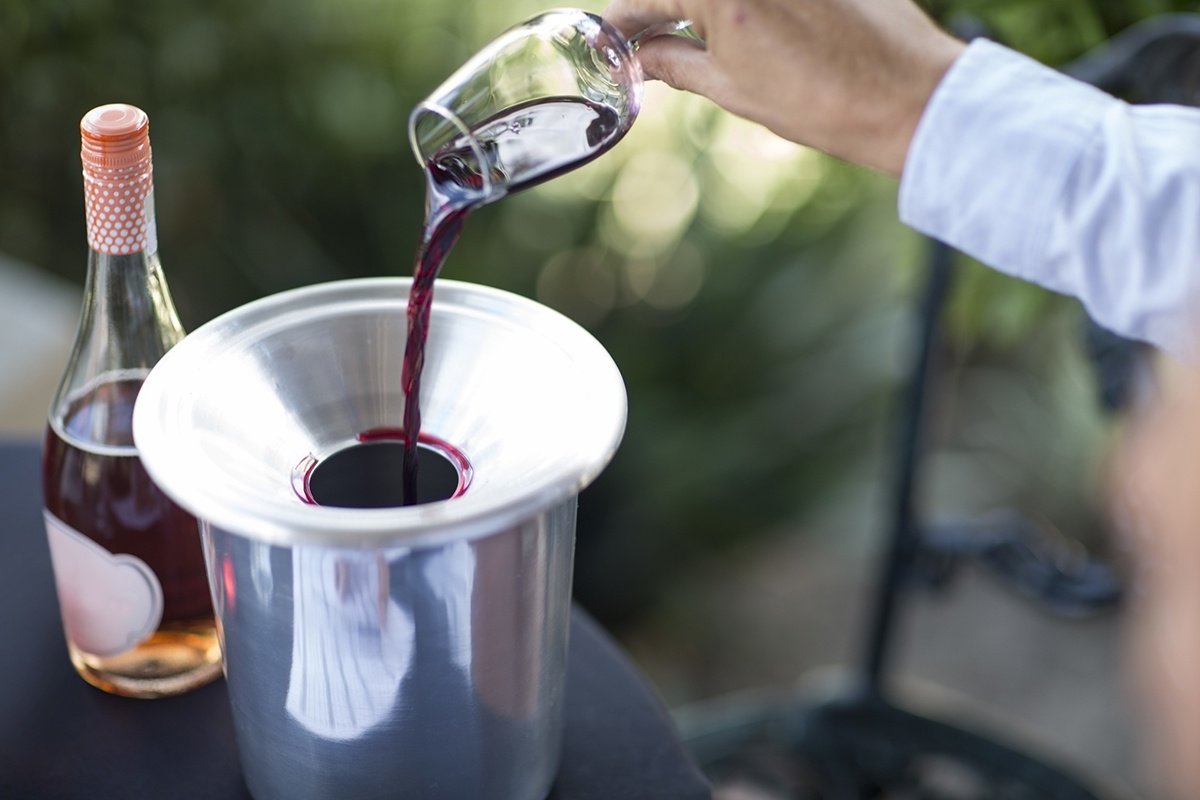
The most important thing to remember is that wine tasting is supposed to be fun. So relax and enjoy yourself. Write down the first flavor and aroma details that come to mind. You’re the leading expert on your palate, so there are no wrong answers.
Five steps for wine tasting
When future sommeliers start studying wine, one of the first things they learn is how to evaluate a wine. Their goal is to identify the grape, the place it was grown, and the vintage year. While you don’t have to perform that trick at your next wine tasting, you can learn to taste wine like a sommelier. Use this process and you’ll have a deeper understanding of any wine.
1. See
Look at the wine in the glass in front of you. How would you describe its color? The color of the wine gives you a clue about its age. Young white wines can look clear like water and sparkle like stars, while older wines that have been aging in oak can be darker straw or gold. With red wines, younger wines are vivid bluish-red, while older wines are lighter with more brownish tones, especially around the rim of the glass. The color of a wine can also suggest the grape varietal. Sauvignon Blanc often has a greenish tint, so that can help you distinguish it from a Chardonnay.
2. Swirl
Swirling a wine helps release more of its aroma by getting more oxygen into the glass. This is called aerating the wine, and It’s the same principle behind pouring a wine into a decanter to open it up. You want to swirl the wine vigorously, so be sure you only have an ounce or two, and use a roomy wine glass designed for Bordeaux or Burgundy.
Here’s how to swirl like a pro: Hold the glass by the stem, and trace little circles on the table with the stem of your glass. As you get better at it, you’ll be able to swirl it more quickly without spilling a drop.
After you swirl, watch the way the wine runs down the sides of the glass. If the streaks of wine, called legs or tears, are thicker and relatively slow, it means the wine has more sugar or alcohol. If the legs are thin and slip down the sides quickly, your wine has a relatively low amount of alcohol.
3. Sniff
While the wine is still swirling, get your nose into the glass again and see how the aroma has changed. Now that you’ve aerated it, the wine will smell much more vibrant than when you were just looking at the wine. What does it smell like to you? Those descriptive words don’t easily come to mind at first, so it's a good idea to have a list of common wine descriptors or a wine aroma wheel handy when you sit down to taste. Wines have primary aromas, that are usually fruits or flowers, secondary ones that come from barrel aging, and tertiary aromas that are signs of aging.
To help get you started, many white wines will offer primary aromas of apples, pears, citrus, stone fruit, tropical fruit, herbs, and white flowers. Secondary aromas could be minerals, toast, or butter. The tertiary aromas in a white wine might be nuts, apricot jam, or petrol. As you identify an aroma, try to narrow it down: is that lemon or grapefruit? Is it more like a tart green apple or a sweeter golden apple?
Red wine’s initial aromas often remind us of cherries, berries, plums, figs, pepper, chocolate, coffee, red or purple flowers, and spices. Secondary aromas can show up as vanilla, cloves, coffee, or chocolate, which come from time in the barrel. The third level of aromas in red wine are earthy, like mushrooms and forest floor. Again, try to narrow it down when you isolate a smell. Is that a strawberry or a raspberry? Is that toasty aroma more like chocolate or coffee?
Write down a couple of words to describe the fruits, flowers, and earth smells you picked up in the wine. Identifying wine aromas is challenging for everyone at first, but the more you do it, the easier it gets.
4. Sip
Now’s the moment you’ve been waiting for: take a small sip of wine. Use your tongue to spread it around your mouth without swallowing. What do you think of the first taste? Does the flavor of the wine deliver on what was suggested by the aroma? Or is there something new you didn’t expect. Now swallow the first sip.
5. Savor
Let the flavors sink in. How did they change as you held the wine in your mouth? How would you describe the wine’s body, now that you’ve had a taste? A light-bodied wine might feel like almond milk, while a full-bodied wine feels more like drinking cream. And finally, what did you think of the finish, the taste of the wine that lingers on your palate. Does the flavor last a long time, or does it quickly disappear? What sticks out, if anything?
Now that you’ve run through these steps, the most important question is: did you like this wine enough to want another taste? Remember, whatever your answer is, it’s the right one.
Wine tasting terms to know
Just like beer and football, wine has its own set of vocabulary that people use. Use our glossary cheat sheet so you can talk about wine like a pro the next time you go to a tasting.
Aroma
The aroma is the scent of the wine that comes from the grapes. That includes fruit and floral aromas such as green apple, melon, and rose petals.
Attack
The attack is the very first impression you get from your very first sip of wine. Is it soft or more intense?
Balance
Balance is a hallmark of all great wines. It’s when the wine’s acidity, fruit, tannin, and alcohol are in perfect equilibrium, and nothing sticks out.
Body
This is how the wine feels on your palate, and it’s usually compared to dairy. If a wine feels like drinking heavy cream, it’s full-bodied. A wine that reminds you of 2 % milk is medium-bodied. If a wine feels like skim milk or almond milk, it has a light body.
Bouquet
The bouquet is the smells that happen as the wine ages and takes on characteristics from the barrel or yeast. Vanilla, coffee, and toasted croissants are examples of a wine’s bouquet.
Crisp
A crisp wine has a nice amount of acidity that makes your mouth water. Sauvignon Blanc, Riesling, and Champagne are examples of crisp wines.
Dry
For still (non-bubbly) wines, a dry wine doesn’t taste sweet at all. With sparkling wines and champagnes, dry means that the wine has a hint of sweetness.
Finish
The finish is the last impression you get from a wine as you swallow it. How long does the taste linger? Is it a pleasant aftertaste, or is it slightly bitter or sour?
Notes
Wines are described by the aroma and flavor details that make up the overall impression. For example, a Sauvignon Blanc may have notes of grapefruit, lemon, grass, kiwi fruit, and white flowers. A Cabernet Sauvignon usually reminds us of cherries, blackberries, blueberries, chocolate, and cedar. Our red wine and white wine tasting sheets will help you name aromas and flavors commonly found in red and white wines.
Legs
When you swirl your glass of wine and then set it down, you’ll see trails of wine running down the side of the glass. These are called legs, or sometimes tears — the thicker and slower the legs, the more sugar or alcohol in the wine.
Tannins
Natural phenolic compounds in the skin, stems, and seeds of wine grapes, tannins help a wine age longer. Wines with high tannin can make your mouth feel like sandpaper; medium tannins leave a velvety impression, while low-tannin wines are silky.
Four kinds of wine tastings to try
When you go to a winery, you usually taste a selection of red and white wines that they make. The whole tasting experience, with a beautiful view, posh leather sofas, and fancy labels, is designed to influence you to like the wines more. But when you create your wine tasting at home, you can design it so you focus on the flavors in the glass.
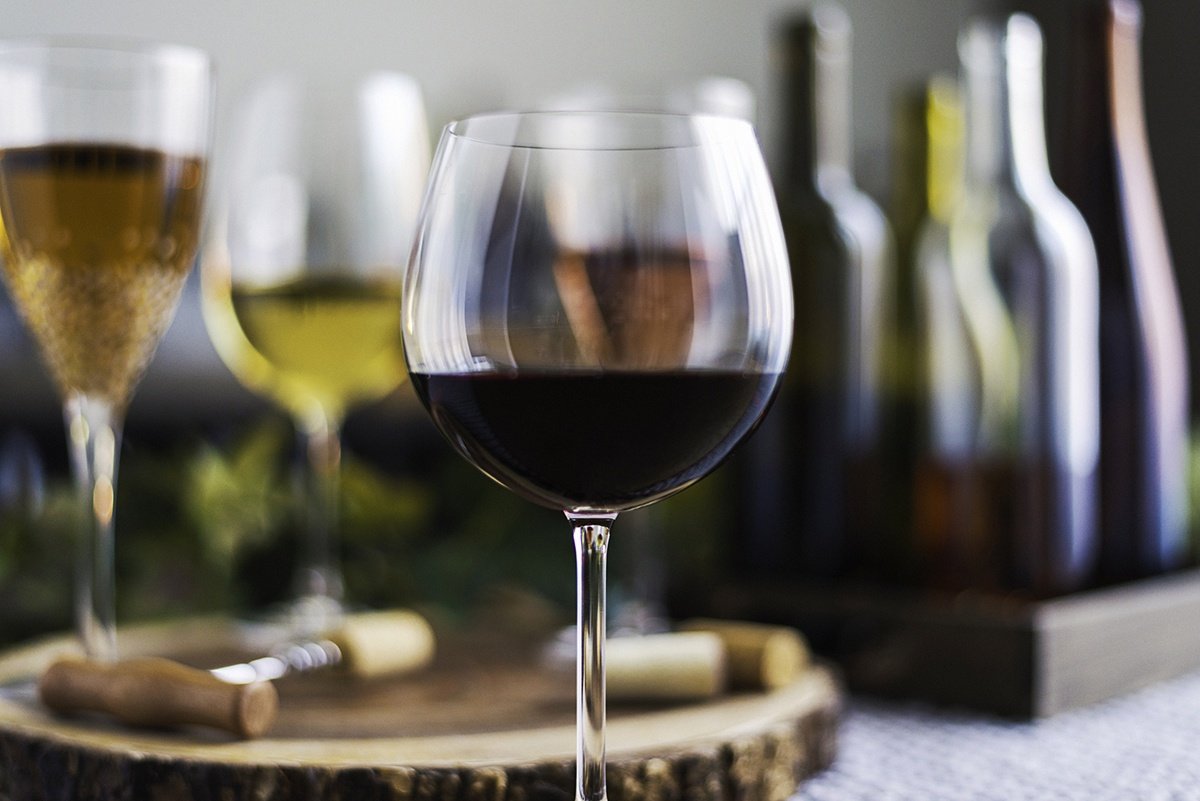
Here are a few things to keep in mind when you set up your home tasting.
- Make sure your wines are chilled. White wines should be 43 to 47 degrees Fahrenheit, red wines are best at 61 to 64 degrees, and chill sparkling wines to 45 to 50.
- The shape of the glass affects how you perceive the wine, so it’s wise to use the ideal shape for each wine. Chardonnay and Pinot Noir’s aromas are best in a Burgundy glass, while Cabernet Sauvignon and Sauvignon Blanc go in a Bordeaux glass with an elongated bowl. Pour about 1 to 2 ounces of wine into each glass.
- A white backdrop makes it easier to see the actual color of the wine in your glass. You can also give everyone white note paper, so it does double duty.
- If you feel like all the wines are smelling the same, a little dish of coffee grounds can help you reset your nose in between wines.
1. Blind tasting
One of the most educational types of tastings is a blind wine tasting. During a blind tasting, you won’t know what wine you’re tasting, and you need to try to guess based on the aromas, flavors, and texture. Use tall paper wine bags or drawstring fabric bags to conceal each bottle. Write a number on each paper bag, or tie it around the neck of the bottle so you can keep track. Pour 1 to 2 ounces of wine in each taster’s glass. Then use the eight wine tasting steps to evaluate the wine.
2. Comparative tasting
Curious about whether you like unoaked or oaked Chardonnay? Buy one of each and compare and contrast the differences between the two styles. You can do the same with dry and off-dry Riesling or Cabernet Sauvignon from a cool region and warm area.
3. Vertical tasting
If you have a friend who collects wine, you’ll probably hear them talk about a vertical tasting. In this type of tasting, you focus on the wines of one winery and compare the characteristics of four or five vintages.
4. Side-by-side horizontal tasting
A horizontal tasting explores wines from the same vintage that come from different regions. You could compare 2019 Pinot Noirs from four different regions, such as Oregon, New Zealand, Sonoma’s Russian River Valley, and Burgundy, France. If you’re not sure where to get started, our Highly Rated Collections of Pinot Noir, Chardonnay and Cabernet Sauvignon include a curated selection of wines that will let you explore a varietal or region. This kind of tasting is enlightening and fun when you taste blind and try to figure out where each wine was made.
Now that you know more about wine tasting, check out our future and past virtual tastings.
